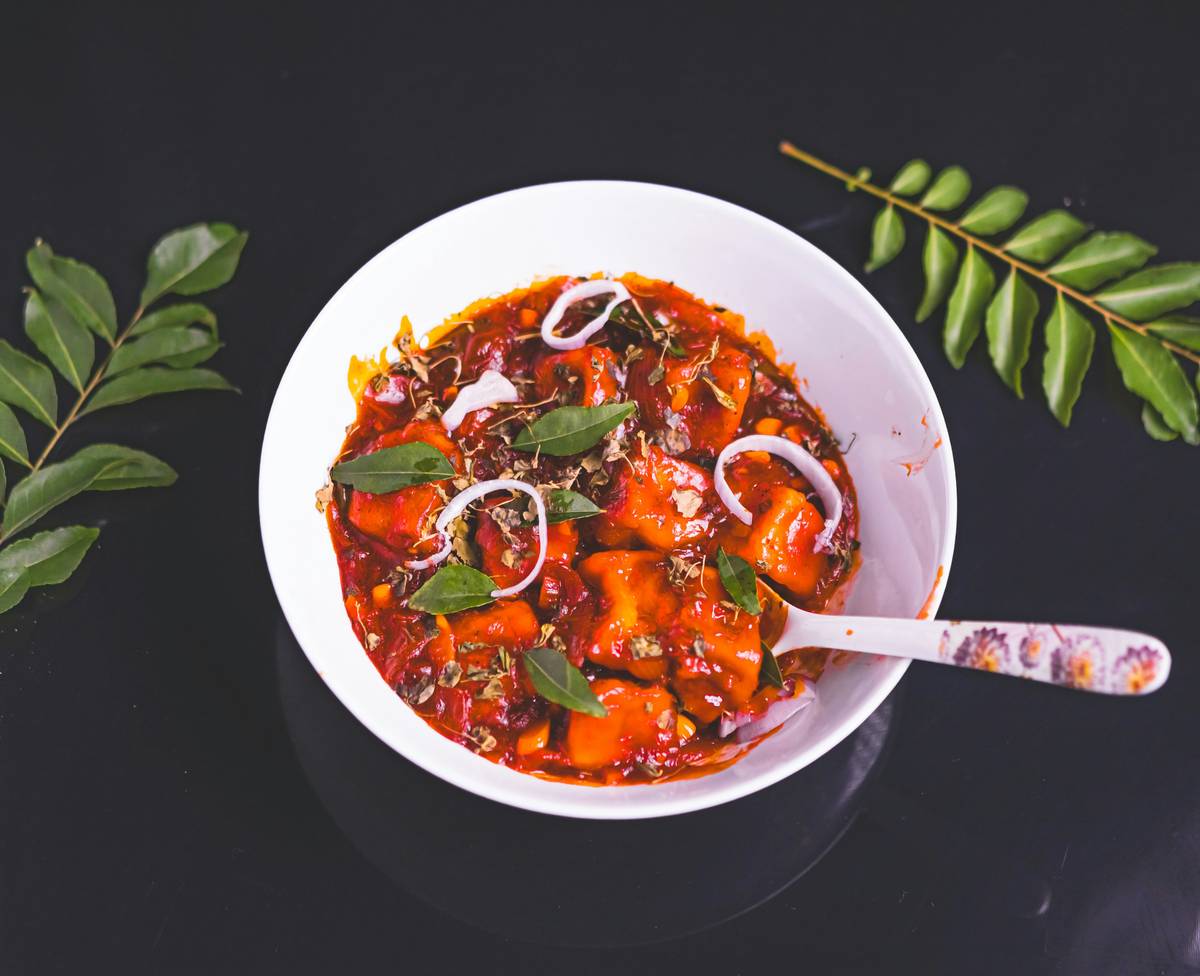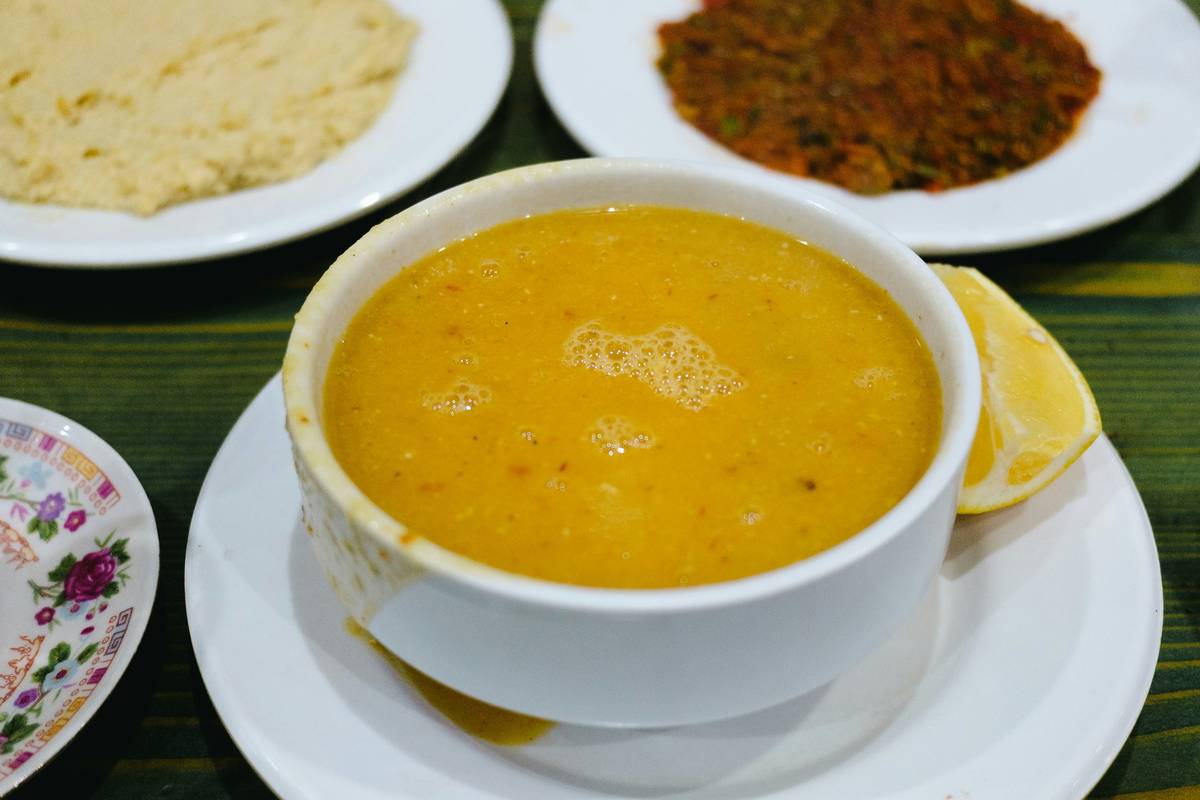Ever wondered why you’re constantly craving salty snacks and still feeling bloated? If your body feels like it’s running on empty despite eating all day, chances are your Vata dosha is out of whack. In the world of Ayurveda—where wellness meets ancient wisdom—balancing Vata could be your golden ticket to sustainable weight loss and glowing health.
In this post, we’ll dive into how food for Vata can transform not just your waistline but also your overall well-being. You’ll learn about foods that pacify Vata, easy meal ideas, actionable tips, and a real-life success story. Plus, get ready for some brutally honest advice because let’s face it: no diet plan works without addressing *you* as a whole person.
Table of Contents
- Key Takeaways
- Why Food Matters for Vata Balance
- Step-by-Step Guide to Eating Right for Vata
- Best Practices for Preparing Vata-Friendly Meals
- From Chaos to Calm: Sarah’s Vata Transformation
- Frequently Asked Questions About Food for Vata
Key Takeaways
- Vata imbalance often leads to weight fluctuations, anxiety, and digestive issues.
- Foods warm, oily, sweet, sour, and salty in nature help balance Vata.
- Avoid cold, raw, and dry foods if you want to keep Vata under control.
- Vata-friendly meals include soups, stews, cooked grains, nuts, seeds, and ghee.
- Small lifestyle tweaks alongside dietary changes make big impacts.
Why Food Matters for Vata Balance

Infographic credit: Ayurveda Explained
Vata governs movement in the body—from your breath to bowel movements. When Vata is balanced, you feel light, energetic, and creative. But when it tips over (thanks to stress, poor sleep, or wrong food choices), watch out! It wreaks havoc with symptoms like bloating, constipation, insomnia, and even unwanted weight gain.
I once tried surviving on salads during a “health kick.” Spoiler alert: My digestion rebelled faster than my dog rejects broccoli. Turns out, raw veggies spike Vata due to their cooling and drying effects. Lesson learned? Always think temperature and texture when preparing food for Vata.
Here’s the thing: Your body isn’t one-size-fits-all. Ayurveda teaches us to eat according to our unique constitution. For Vata types—or anyone experiencing an imbalance—it’s crucial to focus on grounding, nourishing foods. So, what exactly does that look like?
Step-by-Step Guide to Eating Right for Vata
Step 1: Prioritize Warm & Cooked Foods
Cold cuts? Nope. Iced smoothies? Double nope. Instead, go for comforting bowls of oatmeal, hearty lentil soups, or spiced vegetable stews. These dishes soothe Vata by providing warmth and moisture—a double win!
Step 2: Incorporate Healthy Fats
Ghee, olive oil, avocado—you’re gonna love this. Healthy fats lubricate dry tissues and support absorption of nutrients, which is vital for calming Vata. Drizzle ghee over rice or toss avocado into your salad for bonus points.
Step 3: Sweeten Naturally
Sweet doesn’t mean sugar bombs; we’re talking fruits, dates, honey, and maple syrup here. These natural sweeteners ground Vata and satisfy cravings without causing spikes in blood sugar levels.
Step 4: Add Sour & Salty Flavors
Fermented foods like sauerkraut, kimchi, and yogurt introduce beneficial bacteria while balancing Vata. And don’t shy away from sea salt—it aids hydration and prevents dehydration common with Vata imbalances.
Best Practices for Preparing Vata-Friendly Meals
- Eat Regularly: Skipping meals throws Vata off balance. Stick to three square meals plus snacks.
- Chew Thoroughly: Digestion starts in the mouth. Chew each bite until it’s liquid before swallowing.
- Drink Warm Liquids: Sip herbal teas or warm water throughout the day instead of ice-cold drinks.
- Spice It Up: Ginger, cinnamon, cardamom, turmeric—they’re not just flavor enhancers but powerful Vata balancers too.

Kitchen prep inspiration: Aromatic spices ready to simmer.
From Chaos to Calm: Sarah’s Vata Transformation
Meet Sarah, a busy corporate professional who struggled with constant fatigue and stubborn belly fat. Despite hitting the gym daily, her scale refused to budge. That changed after she embraced food for Vata.
She swapped her morning bagel for a bowl of millet porridge topped with banana slices and almond butter. Lunch became quinoa bowls loaded with roasted veggies and tahini dressing. Dinner? Golden milk made with turmeric and ashwagandha helped wind down her evenings.
Result? Within three months, Sarah dropped 10 pounds, reported better sleep quality, and finally felt at peace with her body. Her secret weapon? Consistency + compassion. Moral of the story? Fixing Vata requires patience—not perfection.
Frequently Asked Questions About Food for Vata
Q1: What happens if I ignore my Vata imbalance?
Ignoring Vata means welcoming chronic fatigue, indigestion, and erratic moods into your life. Over time, these symptoms escalate into more serious conditions like adrenal burnout or autoimmune disorders.
Q2: Can non-Vata types benefit from Vata-balancing diets?
Absolutely. Everyone benefits from occasional grounding practices, especially during stressful periods. Think seasonal shifts—fall and winter are prime times for embracing warming, nourishing foods.
Q3: Is Ayurvedic weight loss slow?
Yes—and proudly so. Unlike crash diets promising instant results, Ayurveda focuses on long-term solutions tailored to individual needs. Sustainable wins > quick fixes any day.
Conclusion
Balancing Vata through mindful eating may sound daunting initially, but trust me—it’s worth every step. Remember, progress—not perfection—is key. Start small: swap one snack per day, sip warm lemon water upon waking, or experiment with spice blends in your cooking. Every little change adds up.
Optimist You:* “You’ve totally got this!”
Grumpy You: “As long as there’s chai involved…”
“Food for vata”—like a Tamagotchi, nurture it daily, and watch your health flourish.


